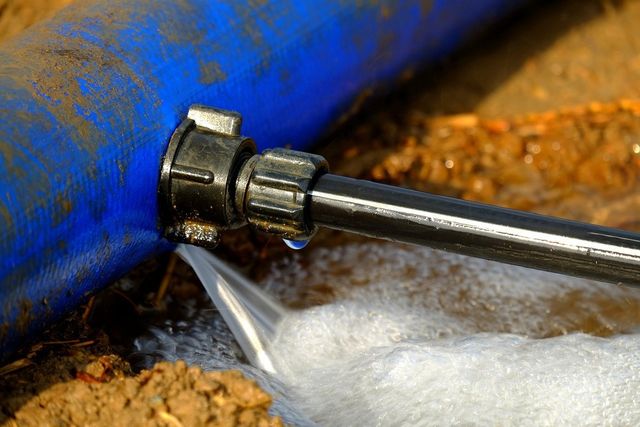Guide To Water Leakage Discovery In Your Home
Guide To Water Leakage Discovery In Your Home
Blog Article
Were you looking for selective information on Top leak detection hacks?

Early detection of dripping water lines can reduce a possible disaster. Some little water leakages might not be visible.
1. Take A Look At the Water Meter
Every house has a water meter. Inspecting it is a proven way that aids you discover leaks. For beginners, switch off all the water sources. Make sure no person will certainly flush, make use of the faucet, shower, run the washing maker or dish washer. From there, go to the meter as well as watch if it will certainly transform. Since nobody is utilizing it, there should be no activities. That shows a fast-moving leakage if it moves. If you identify no adjustments, wait a hr or 2 and check back once again. This indicates you might have a slow-moving leakage that can also be below ground.
2. Check Water Consumption
If you detect abrupt adjustments, regardless of your intake being the very same, it indicates that you have leaks in your plumbing system. An unexpected spike in your expense suggests a fast-moving leakage.
A constant boost every month, even with the exact same behaviors, reveals you have a slow-moving leak that's also gradually rising. Call a plumber to extensively inspect your residential property, especially if you really feel a cozy area on your flooring with piping beneath.
3. Do a Food Coloring Test
When it comes to water intake, 30% originates from bathrooms. Examination to see if they are running appropriately. Drop flecks of food color in the tank and also wait 10 minutes. There's a leak between the container as well as bowl if the shade somehow infiltrates your dish during that time without flushing.
4. Asses Outside Lines
Do not forget to inspect your outside water lines also. Should water seep out of the link, you have a loosened rubber gasket. One little leakage can squander heaps of water and spike your water bill.
5. Assess the situation and check
Property owners must make it a routine to inspect under the sink counters as well as also inside cupboards for any type of bad odor or mold and mildew development. These two red flags show a leakage so prompt attention is required. Doing regular inspections, also bi-annually, can conserve you from a major issue.
Examine for stainings and weakening as most pipelines as well as appliances have a life expectancy. If you suspect dripping water lines in your plumbing system, do not wait for it to rise.
Early detection of leaking water lines can mitigate a potential calamity. Some small water leakages may not be noticeable. Examining it is a proven method that helps you uncover leaks. One tiny leak can squander tons of water and spike your water expense.
If you presume dripping water lines in your plumbing system, don't wait for it to intensify.
WARNING SIGNS OF WATER LEAKAGE BEHIND THE WALL
PERSISTENT MUSTY ODORS
As water slowly drips from a leaky pipe inside the wall, flooring and sheetrock stay damp and develop an odor similar to wet cardboard. It generates a musty smell that can help you find hidden leaks.
MOLD IN UNUSUAL AREAS
Mold usually grows in wet areas like kitchens, baths and laundry rooms. If you spot the stuff on walls or baseboards in other rooms of the house, it’s a good indicator of undetected water leaks.
STAINS THAT GROW
When mold thrives around a leaky pipe, it sometimes takes hold on the inside surface of the affected wall. A growing stain on otherwise clean sheetrock is often your sign of a hidden plumbing problem.
PEELING OR BUBBLING WALLPAPER / PAINT
This clue is easy to miss in rooms that don’t get much use. When you see wallpaper separating along seams or paint bubbling or flaking off the wall, blame sheetrock that stays wet because of an undetected leak.
BUCKLED CEILINGS AND STAINED FLOORS
If ceilings or floors in bathrooms, kitchens or laundry areas develop structural problems, don’t rule out constant damp inside the walls. Wet sheetrock can affect adjacent framing, flooring and ceilings.
https://www.servicemasterbyzaba.com/blog/how-to-detect-water-leakage-in-walls/

As a devoted person who reads about Leaking water lines, I thought sharing that excerpt was important. Appreciated our blog? Please share it. Let others find it. I praise you for your time. Visit again soon.
Report this page